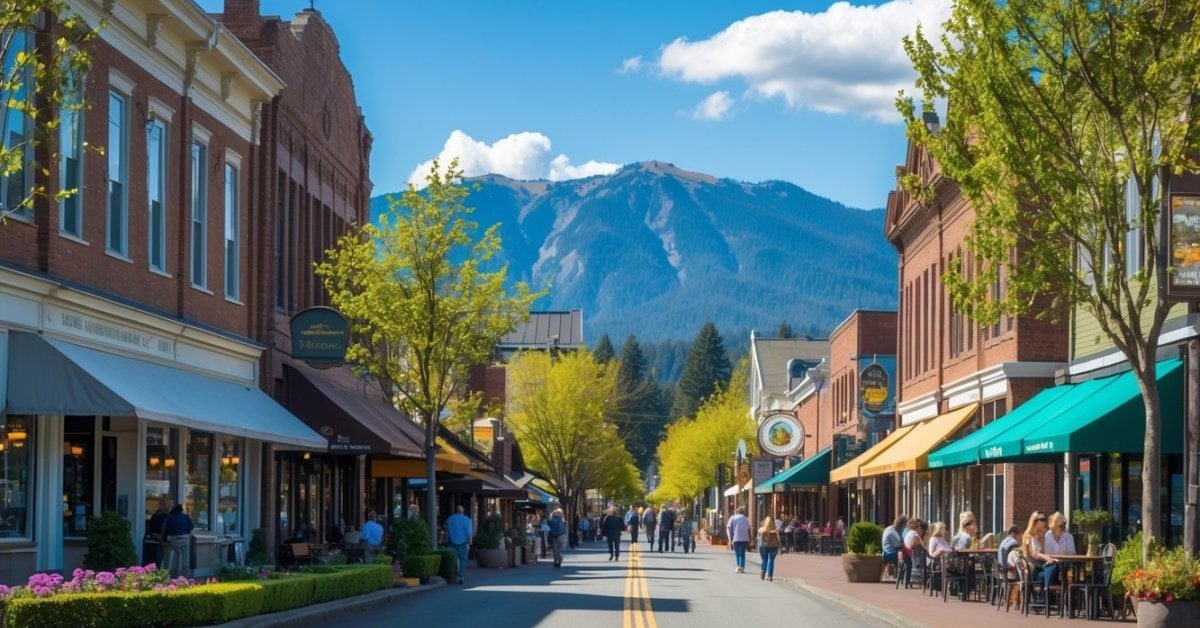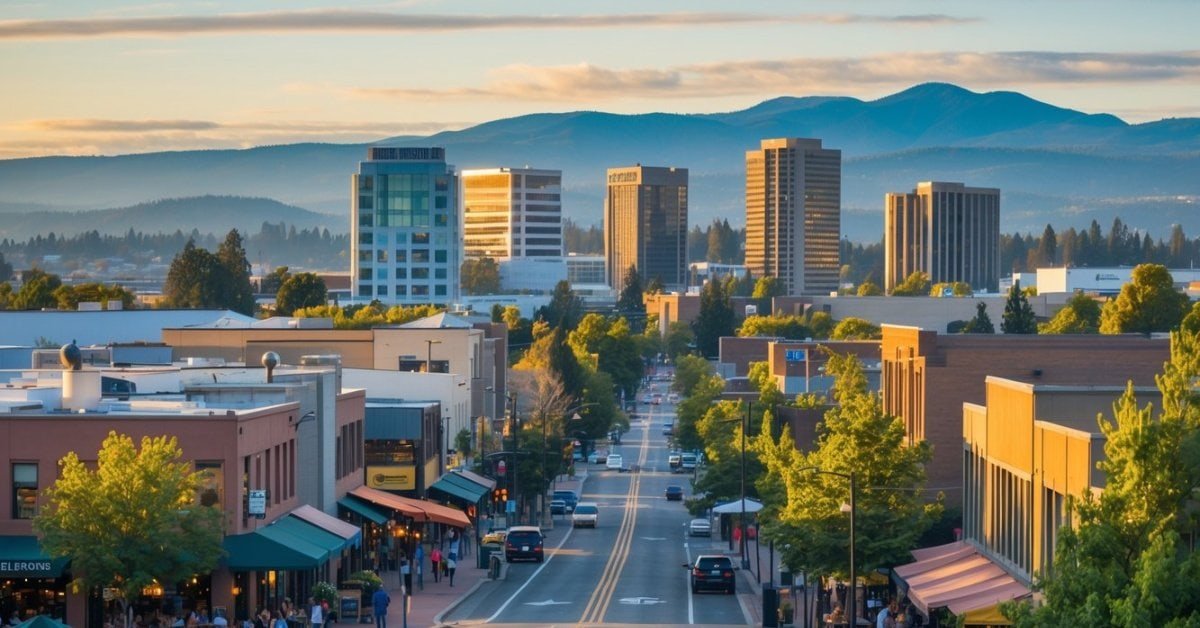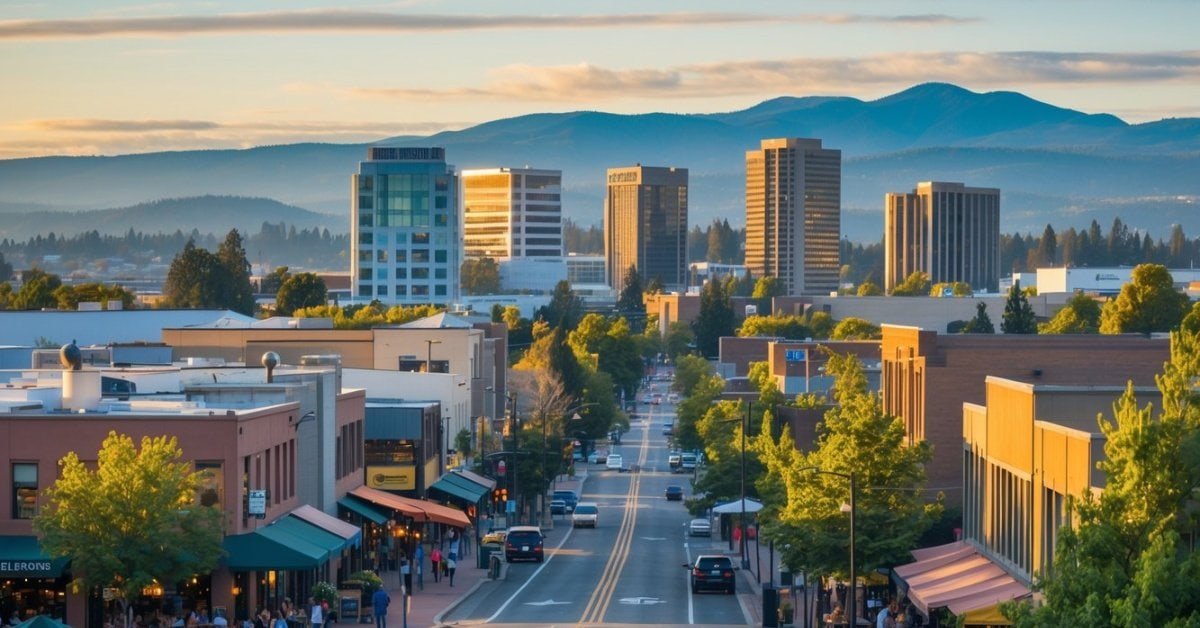When I walk into a co-op grocery store in Oregon I feel like I’m stepping into more than just a place to shop. There’s a sense of community that you just don’t find at big chain supermarkets. Friendly faces greet me at the door and shelves are lined with local produce and products that make me feel good about what I’m bringing home.
Shopping at a co-op means I’m supporting my neighbors and investing in my community. It’s not just about filling my pantry—it’s about making choices that matter. I love knowing that every dollar I spend helps keep small farms thriving and brings people together over a shared love for good food.
The Rise of Co-op Grocery Stores in Oregon
Oregon’s co-op grocery stores started getting more popular in the 1970s, when folks in places like Eugene, Ashland, and Portland wanted a better way to buy food. Locals organized together, looking for affordable, organic produce and bulk goods—so stores like The People’s Food Co-op in Portland (est. 1970) and Ashland Food Co-op (est. 1972) came alive. Members pooled their dollars and labor, creating community-run spaces instead of corporate chains.
Interest steadily grew through the 1980s and 1990s. Urban neighborhoods and small towns started opening co-ops or organizing buying clubs, especially when chain supermarkets ignored their areas. Shoppers sought out local dairy, Oregon apples, Willamette Valley hazelnuts, and other foods grown nearby. Shoppers also joined as owners, earning a voice in store decisions and getting a share of any profits.
Right now, more than a dozen co-op groceries operate across Oregon—including First Alternative Co-op (Corvallis), Food Front Co-op (Portland), and Medford Food Co-op. Each place partners with farmers, local bakery owners, and regional distributors. Oregon co-ops give residents reliable spots to buy local produce, grass-fed meats, and pantry staples, even as demand for sustainable shopping grows.
What Sets Oregon’s Co-op Grocery Stores Apart
Oregon’s co-op grocery stores reflect my state’s unique values—community, sustainability, and neighborly support. I’ve seen firsthand that co-ops in Oregon operate differently from big chains, shaping grocery shopping into a shared experience.
Member Ownership and Benefits
Membership at Oregon co-ops means you own a share of the store. For example, Food Front in Portland and Corvallis’ First Alternative Co-op both exist because thousands of neighbors buy equity shares. Members get voting rights for board elections and input on store decisions. I enjoy shopping dividends—profit shares distributed back to members each year. Some co-ops, like Ashland Food Co-op, give members monthly coupons, special sales, and exclusive product previews. Customer service feels more personal since I know my concerns shape store priorities.
Local and Sustainable Product Selection
Product selection at Oregon co-ops highlights regional partnerships. Most products I see—including wild blueberries from Marion County or eggs from Willamette Valley—come from local producers. Co-ops such as the People’s Food Co-op source over 50% of their produce from within 100 miles. Bulk foods cut packaging waste, supporting sustainability. Seasonal displays constantly rotate, with summer bringing local berries and fall featuring Oregon hazelnuts. By prioritizing organic and non-GMO items, co-ops reduce chemical impact while supporting Oregon farmers.
Community Engagement and Events
Community events form the core of Oregon co-ops’ missions. Stores schedule classes, potlucks, and tastings every month. At Klamath Falls’ Medford Food Co-op, I’ve attended cooking workshops using local mushrooms and nutrition talks led by registered dietitians. Annual membership meetings keep everyone informed about store finances and new projects. Volunteer opportunities encourage involvement, from food drives supporting local pantries to gardening in shared plots. Co-op newsletters highlight community news, member-owner stories, and updates from Oregon partner farms.
Popular Co-op Grocery Stores Across Oregon
Locals across Oregon trust several co-op grocery stores for fresh produce and genuine community touch. I’ve visited each of these popular co-ops and seen how they reflect the unique character of their towns.
People’s Food Co-op (Portland)
People’s Food Co-op stands out as Portland’s oldest continually operating food co-op. I’ve found that this worker-run store focuses heavily on local vegetables, sustainably sourced bulk items, and vegan options. The Community Room hosts classes and discussion groups for members and non-members. Shoppers can check out regional produce from more than 40 Oregon growers each season.
Ashland Food Co-op (Ashland)
Ashland Food Co-op, the state’s first consumer co-op, brings year-round organic groceries and deli options to southern Oregon. When I visit, I always see products from Rogue Valley farms on display. The co-op’s loyalty program gives shoppers cashback quarterly, and the co-op often features tastings for local cheeses, honey, or fresh baked goods.
First Alternative Co-op (Corvallis)
First Alternative Co-op in Corvallis links residents to small farms, cheesemakers, and bakeries from the Willamette Valley. Two locations serve the city, with both offering wide organic selections, house-made soups, and workshops for food preservation. Students and professors from Oregon State University shop here for the regional produce and member-owner discounts.
Shopping Experience at Oregon’s Co-ops
Shopping at Oregon’s co-op grocery stores feels personal for me. Every trip brings a mix of neighborly faces, local food, and easygoing routines that stand out in my home state.
Store Atmosphere and Customer Service
Friendly greetings, handwritten signs, and local art fill co-op aisles across Oregon. I always notice staff learning regulars’ names at First Alternative in Corvallis or chatting with newcomers at the Ashland Food Co-op. In-store music playlists and colorful produce displays give each visit a homegrown charm. Volunteers stack fresh greens and answer questions about farms or recipes. Shoppers often swap tips about bulk spices or local cheeses. Co-ops like People’s Food Co-op in Portland frequently host tastings for new products, making each shopping trip more social than transactional.
Accessibility and Inclusivity
Sliding-scale discounts, SNAP benefits, and accessible store layouts help Oregon’s co-ops welcome all neighbors. Dual-language signs at People’s Food Co-op and Braille labeling at Food Front in NW Portland make shopping easier for a wider audience. Ashland Food Co-op’s wheelchair-accessible aisles and reserved parking show a real focus on inclusion. Community programs, such as the Healthy Foods For All initiative, provide monthly discounts for low-income families. Member-ownership lets anyone join with a one-time fee or pay over time, which opens the door to broader participation. I’ve seen outreach booths at local events bring in folks who might not walk through the door otherwise, helping co-ops reflect Oregon’s rich community diversity.
Challenges and Opportunities for Oregon’s Co-ops
Navigating high operating costs stays a constant challenge for Oregon’s co-op groceries. Rent in cities like Portland has climbed 31% since 2015 (Zillow, 2024), and small-scale suppliers sometimes raise prices faster than large distributors. Balancing affordable prices with fair local sourcing creates real tension, especially for shoppers on limited budgets or families using assistance programs such as SNAP.
Recruiting and retaining members presents another hurdle. While most co-ops here count 1,200 to 6,000 members—examples include Medford Food Co-op (2,100), First Alternative (6,000), and People’s Food Co-op (4,400)—steady growth isn’t guaranteed. Oregonians move frequently between counties, and younger residents, like students in Eugene and Corvallis, often don’t invest long-term. To address this, co-ops in Lane County and Jackson County now offer flexible member shares and digital sign-up perks.
Expanding product diversity brings opportunity. Members push for more culturally varied items and gluten-free options. I’ve seen People’s in SE Portland respond by adding tamari puffed rice, Filipino sauces, and new vegan deli items. Broadening the assortment helps keep the stores relevant for Oregon’s evolving demographics.
Investing in technology makes a positive impact. Many co-ops now use online ordering—Ashland Food Co-op introduced curbside pickup in 2020, doubling online sales by 2022 (Co-op Grocer, 2023). Star Market Co-op in Hood River digitized their inventory, which cut food waste by 17%. These improvements raise efficiency and boost accessibility for rural and urban shoppers alike.
Reaching out to new partners strengthens local resilience. Oregon co-ops team up with regional food sheds, cannabis producers, and community gardens—examples are Rogue Produce in Southern Oregon and Urban Gleaners in Portland. These partnerships support community food security, which is vital during disruptions or high inflation.
Advocating for policy support remains a shared goal. Co-ops lobby for tax breaks and grants through groups like Oregon Food Co-op Network. Initiatives like the Oregon Double Up Food Bucks make sustainable groceries more affordable. By working together, Oregon’s co-op stores adapt to economic, social, and environmental challenges while seizing fresh opportunities to anchor community wellness.
Conclusion
Every trip to my local co-op reminds me just how much these stores mean to Oregon’s neighborhoods. Shopping here isn’t just about what goes in my cart—it’s about the people I meet and the connections I make.
I love seeing how these co-ops keep evolving to meet new challenges while staying true to their roots. If you haven’t explored a co-op yet I think you’ll find it’s more than a grocery run—it’s a chance to be part of something bigger right in your own community.





